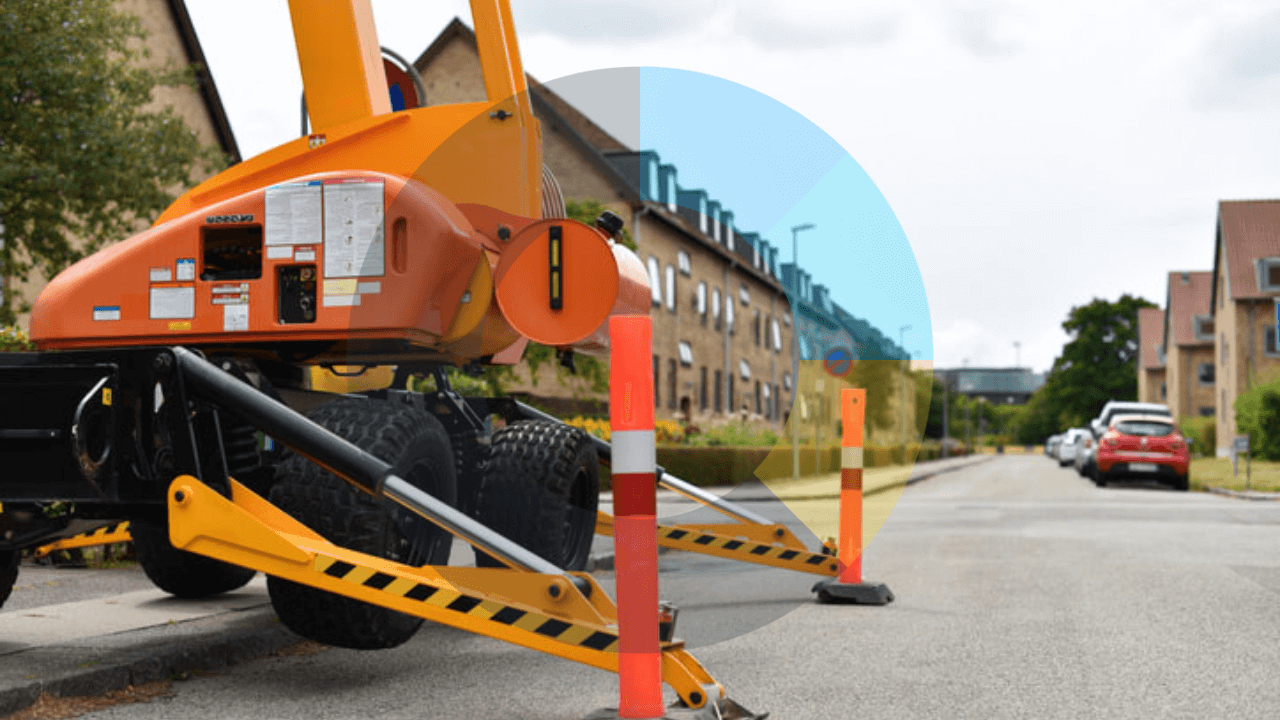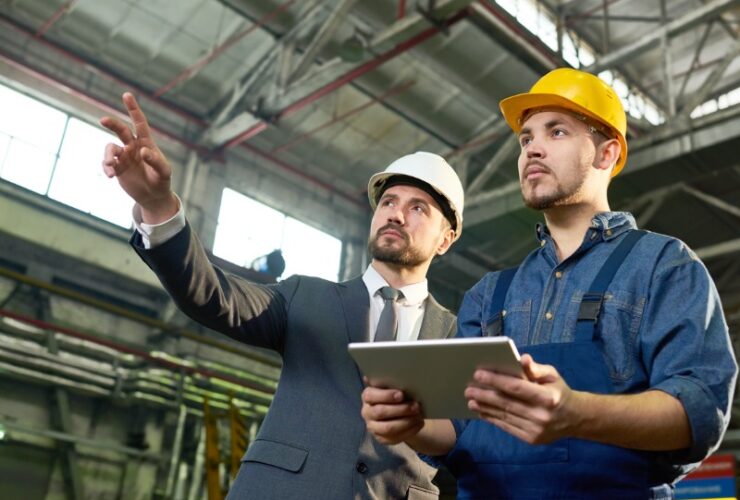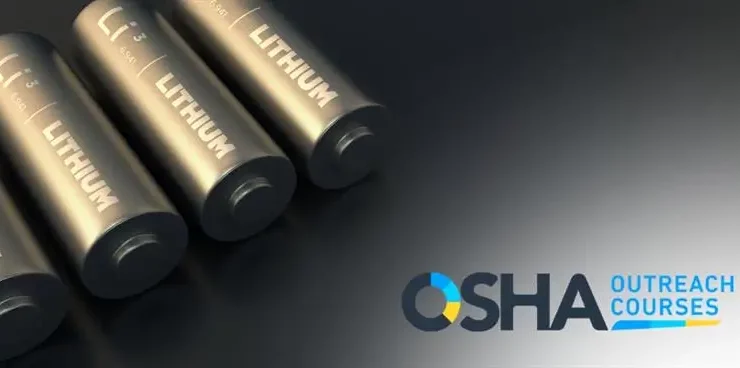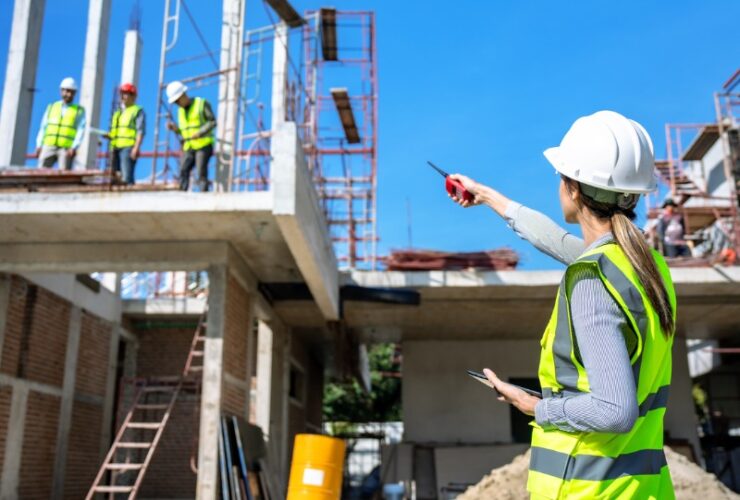MEWP Safety First: Avoid Common Hazards and Accidents
Mobile Elevating Work Platforms (MEWPs) are essential tools in various industries, enabling workers to perform tasks at height safely and efficiently. However, they come with inherent risks that must be managed to ensure worker safety.
MEWP and common MEWP hazards
Before exploring MEWP hazards and safety measures, it’s crucial to define MEWP as a Mobile Elevating Work Platform, which encompasses scissor lifts, boom lifts, and similar devices used to elevate workers and tools to high, otherwise inaccessible areas. Recognizing common hazards such as falls, tip-overs, entrapment, and collisions is vital for effective risk mitigation and ensuring a safe work environment.
1. Falls from Height
One of the most significant hazards when using MEWPs is the risk of falling. Workers can fall from the platform due to a lack of proper guardrails, failure to use personal fall protection equipment (PFPE), or loss of balance.
Preventive Measures:
- Guardrails and PFPE: Ensure that all MEWPs are equipped with sturdy guardrails. Workers should always wear harnesses and be properly tethered to anchor points.
- Training: Conduct comprehensive training sessions on the correct use of PFPE and the importance of maintaining three points of contact while on the platform.
- Pre-Work Inspections: Regularly inspect the MEWP to ensure all safety features, such as guardrails and anchor points, are in good condition.
2. Tip-Overs
Tip-overs can occur when the MEWP is operated on uneven surfaces, overloaded, or subjected to high winds causing severe injuries or fatalities.
Preventive Measures:
To prevent MEWP tip-overs, ensure the surface is stable and avoid operating on slopes or uneven ground. Always adhere to the manufacturer’s load capacity guidelines and never exceed specified weight limits. Additionally, monitor weather conditions closely, avoiding MEWP use in high winds or adverse weather that could compromise stability.
3. Entrapment and Crushing
Entrapment and crushing injuries can occur when workers are caught between the MEWP and a fixed object or when the platform moves unexpectedly. To prevent such incidents, workers must maintain constant awareness of their surroundings, especially near fixed structures. Using a ground spotter can help navigate tight spaces and provide an additional set of eyes to avoid potential entrapment scenarios. Furthermore, ensuring operators are well-trained in using the MEWP controls can prevent sudden or unexpected movements that might cause injury.
4. Collisions
Collisions with machinery, structures, or pedestrians can result from poor visibility, lack of communication, or inadequate site management. Prevent these incidents by implementing strict site management protocols, using clear communication signals and devices like radios, and equipping MEWPs with warning lights and mirrors to improve visibility and safety.
Implementing MEWP Safety Practices
In addition to addressing specific hazards, a holistic approach to MEWP safety involves several key practices:
Comprehensive Training
Training is the cornerstone of MEWP safety. Operators and workers should undergo thorough training that covers understanding the controls, functions, and safe operation of the MEWP, identifying potential hazards associated with MEWP use, and knowing how to respond in case of an emergency, including evacuation procedures and first aid.
Regular Inspections and Maintenance
Regular inspections and maintenance are crucial for ensuring that MEWPs remain in safe working condition. This includes conducting daily pre-operation inspections, focusing on critical components such as brakes, hydraulics, and safety devices. Adhering to the manufacturer’s maintenance schedule addresses wear and tear and ensures timely replacement of parts. Additionally, maintaining detailed records of inspections, maintenance, and any repairs performed on the MEWP is essential for tracking its condition and ensuring ongoing safety.
Developing a Safety Culture
Fostering a safety culture within the organization ensures that MEWP safety is a shared responsibility. This involves ensuring that management demonstrates a strong commitment to safety and provides the necessary resources for training and equipment. It also includes encouraging workers to participate in safety meetings, report hazards, and suggest improvements. Additionally, regularly reviewing and updating safety policies and procedures to incorporate new best practices and technological advancements is essential for continuous improvement and maintaining a safe working environment.
Utilizing Safety Technology
Modern technology can significantly enhance MEWP safety by incorporating advanced systems and tools. Telematics systems are used to monitor MEWP usage, track maintenance needs, and identify potential issues before they become hazards. Safety alarms and sensors can alert operators to potential dangers, such as proximity to overhead obstacles or overloading. Additionally, remote monitoring systems provide real-time oversight of MEWP operations, ensuring compliance with safety protocols and enhancing overall operational safety.
Case Studies and Lessons Learned
Examining real-world case studies of MEWP incidents can provide valuable insights into common hazards and effective prevention strategies. For example:
Case Study 1: Fall from Height Due to Lack of Guardrails
In this case, a worker fell from a scissor lift that was inadequately equipped with guardrails. The absence of proper guardrails significantly increased the risk of falls, leading to severe injuries for the worker. This incident resulted in significant downtime and considerable medical costs, highlighting the critical need for safety measures. The key lesson from this case is the importance of ensuring that MEWPs are always equipped with adequate guardrails and that workers receive thorough training in using personal fall protection equipment (PFPE).
Case Study 2: Tip-Over Caused by Overloading
In this incident, a boom lift tipped over because the operator exceeded the equipment’s load capacity. The overloading of the lift caused it to become unstable, resulting in injury to the operator and damage to the equipment worth $1.2 million. This case underscores the necessity of adhering strictly to the load capacity guidelines provided by the manufacturer. Additionally, it highlights the importance of regular operator training on understanding and respecting load limits to prevent such accidents.
Conclusion
MEWP hazards are a significant concern in industries that rely on these platforms for working at height. By understanding the common risks; such as falls, tip-overs, entrapment, and collisions and implementing comprehensive MEWP safety practices, organizations can create a safer working environment for their employees.
Prioritizing training, regular inspections, fostering a safety culture, and leveraging modern safety technology are essential steps in mitigating these risks. By doing so, companies can ensure that their workers remain safe and productive while using MEWPs, ultimately leading to a more efficient and incident-free workplace.








